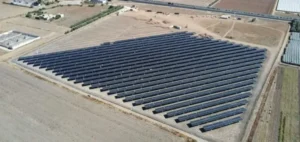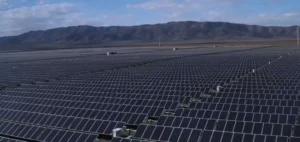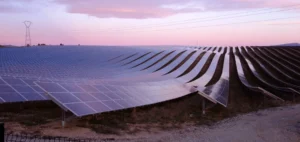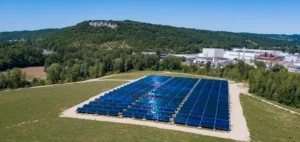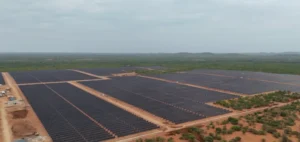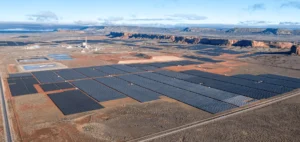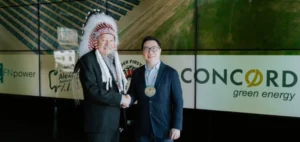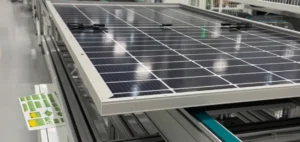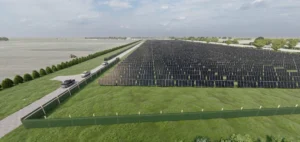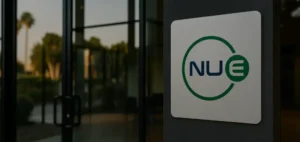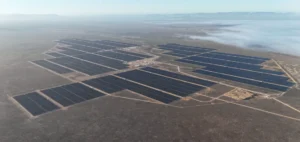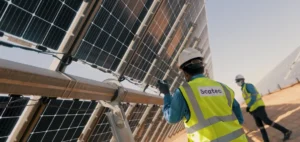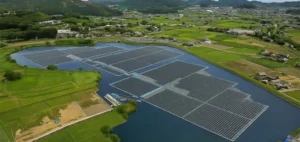The US solar industry is facing major challenges, and the sale of SunPower’s assets to Complete Solar is part of this consolidation.
With only 3.7% of US homes equipped with solar, this transaction reflects the current economic tensions in the sector.
The purchase of assets aims to restructure a company with a complex history in solar while capitalizing on market growth opportunities.
The integration of SunPower’s assets into Complete Solar is designed to streamline operations and improve Complete Solar’s competitiveness.
SunPower, historically considered a solar pioneer in the United States, has been facing financial difficulties, particularly in its residential and commercial segments.
Complete Solar, which specializes in solar technology and installation services, is thus strengthening its position in the face of growing demand for renewable energy solutions.
A buyout in a fast-changing market
The US solar market is currently dominated by a few major players, but many companies, such as SunPower, are experiencing financial difficulties due to international competition and declining margins.
The court’s decision to sell the assets to Complete Solar is part of the industry’s consolidation drive, which is necessary to maintain the competitiveness of US companies in the face of Asian players such as Maxeon Solar Technologies and TCL Corporation.
T.J. Rodgers, CEO of Complete Solar, sees the acquisition as an opportunity to streamline operations and improve financial prospects.
He points out that the acquisition of SunPower’s activities, coupled with optimized management, could offer a better strategic position in a rapidly evolving sector.
However, the challenges of international competition remain, particularly with Maxeon’s desire to use the SunPower brand to enter the US market.
Asian competition and tensions in the solar market
Complete Solar’s acquisition of SunPower comes at a time of increasing Asian competition.
Maxeon, SunPower’s Singapore-based subsidiary, is seeking to position itself in the United States, in particular through its cooperation with TCL Corporation, a Chinese conglomerate.
This dynamic illustrates the geopolitical and economic stakes in the solar energy sector, where American companies face the challenge of competition from China and Singapore.
The court validated Complete Solar’s offer despite challenges from Maxeon, whose shares were affected by the dilution orchestrated by its main investor, TCL Corporation.
This transaction highlights the tensions between American and Asian companies in the battle for market share in the United States.
Outlook for Complete Solar and the solar market
The acquisition of SunPower’s assets provides Complete Solar with an opportunity to redeploy in the U.S. market.
The addition of 1,000 employees and new divisions to its business portfolio strengthens its ability to meet the growing demand for solar solutions.
Nevertheless, profitability in the sector remains a challenge, with tight margins and heightened global competition.
The deal could also provide Complete Solar with a platform to improve its financial and operational performance in a market that is struggling to reach its full potential.
Growth prospects for residential and commercial solar are high, but depend on players’ ability to innovate and offer competitive solutions in the face of steadily falling costs.
An acquisition that reflects the changes in the sector
The U.S. solar energy market is changing, with increased competition and pressure on margins.
The sale of SunPower’s assets to Complete Solar illustrates this trend towards consolidation.
Companies in the sector are seeking to strengthen their positions by acquiring strategic assets to maximize their competitiveness against international players.
With this acquisition, Complete Solar is positioning itself to take advantage of the opportunities offered by the energy transition in the United States.
However, the challenges of competition, particularly from Asian companies, will remain a central issue in the coming years.
The U.S. solar market, still largely under-exploited, could enjoy a new lease of life if companies manage to adapt to the new economic and geopolitical realities.



